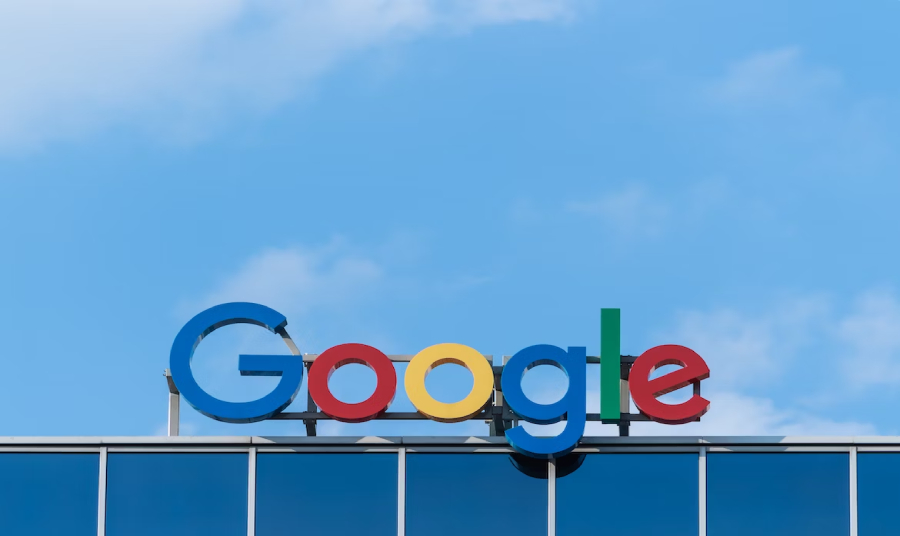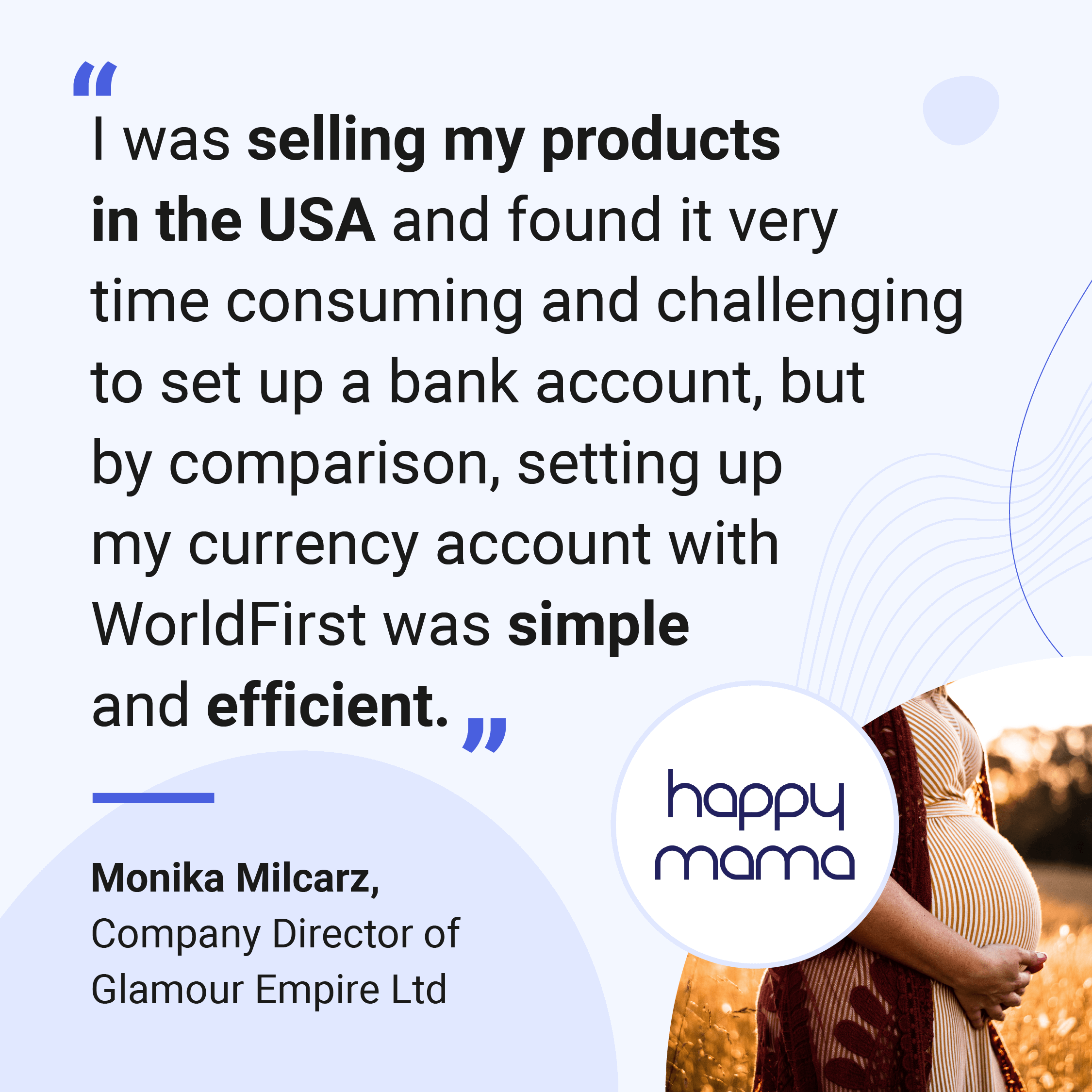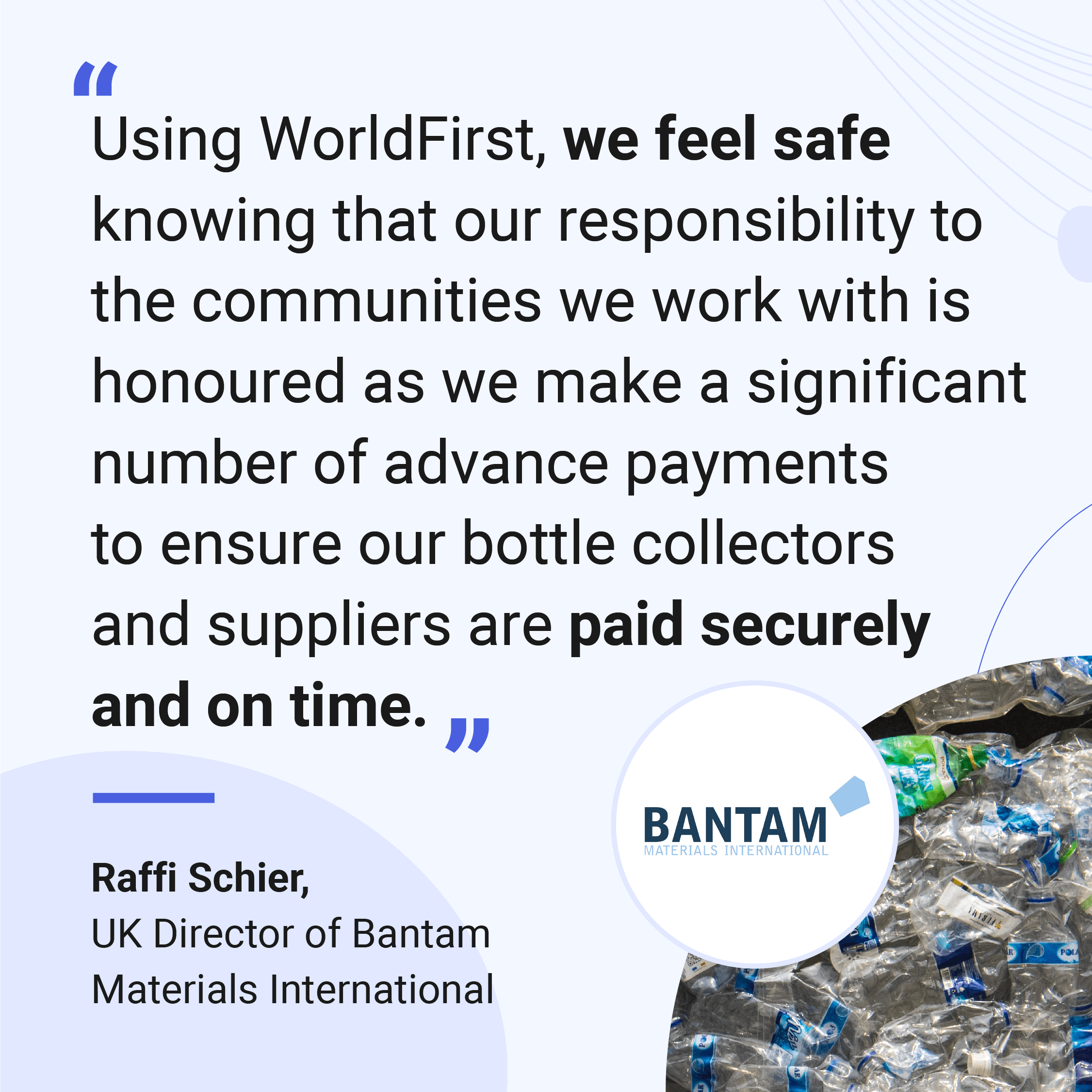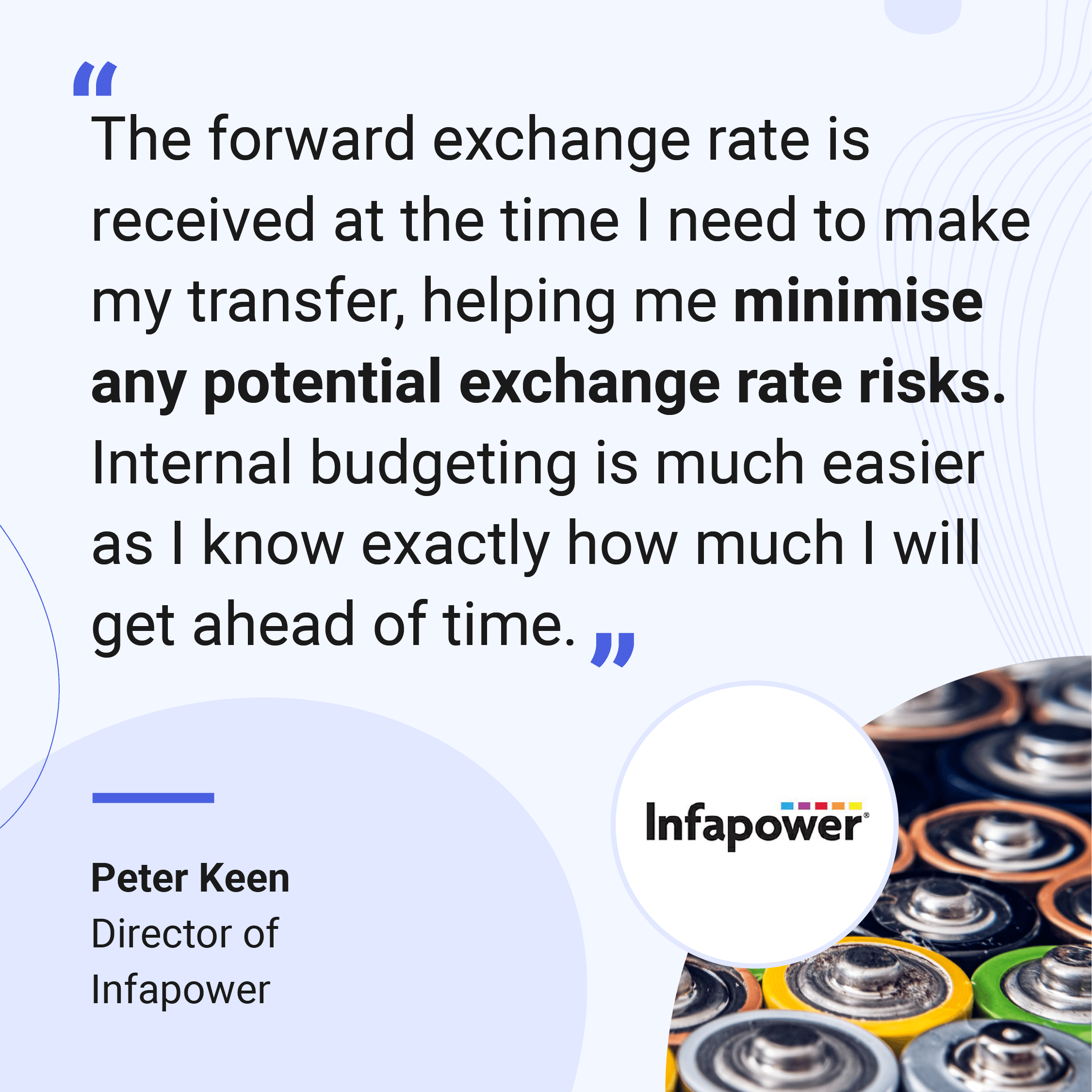
If you ask members of the public what their favourite brands are, most people will list off two or three big names, and maybe a few more less-well-known businesses.
However, if you ask these same people again, “what makes these brands special?” most will talk about product benefits rather than the unique features that go into creating a brand's identity. You know — the little details that marketing teams spend countless hours developing; the design and writing work that goes on behind the scenes, transforming a run-of-the-mill business into a household name.
So what is brand identity, and how can you develop an appealing image for your small business? This e-commerce 101 post will give you a crash course on all things brand identity — and give you some inspirational branding ideas for small businesses worldwide.
- What is brand identity?
- Brand identity is a two-way street
- Elements of brand identity
- Cultural variations of brand identity
- Examples of brand identity features by region
What is brand identity?
In simple terms, brand identity refers to the feelings a brand generates in the minds of consumers. Think about the first images that swim into focus when you think of a business: that, in a nutshell, is brand identity.
Brand identity can encompass a logo, a set of colours, a commercial slogan, maybe even a musical jingle. The individual parts of building up a brand identity all come together to impact the consumer in some way psychologically.
Whether a company's branding aims to create feelings of trust, fun, adventure, or exclusivity, the psychological signals are always geared towards nudging consumers to spend money with them.
There are some other advantages in developing a solid brand identity:
- Professionalism: Starting with a clear brand identity helps your small business look professional.
- Becoming memorable: If your product or service has competition, branding helps your business stand out from the crowd.
- Consolidate business goals: Branding can help you emphasise your company goals and get all of your employees on the same page.
- Attract media attention: A strong brand identity can draw attention from those outside your industry. You could even win some design or advertising awards with a well-thought-out brand image.
- Grow your business: Memorable branding allows you to add more products and services to your business with less effort, and ad spend — as consumers will already remember who you are and what you are known for.
Putting time and effort into creating a memorable brand identity all sounds good. But bear in mind that business owners are not the only ones who can establish what a brand means to people.
Brand identity is a two-way street
When we talk about the feelings a brand creates, business owners hope that these feelings will be positive. But that is not always the case. If the company gets something wrong — either through their advertising or operations strategies — a brand can become memorable for all of the wrong reasons.
In some cases, if the reputational damage is bad enough, a company may have to go through a rebranding period. In this case, business owners go back to the drawing board and completely rethink their messages, tone of voice, or even their brand values.
As a hypothetical example to illustrate, a brand may go through an ‘identity crisis’ if it endorses a celebrity which later becomes embroiled in a scandal. In this scenario, a viral news story can quickly cause social media outcry. Consumers can start flooding review sites with one-star reviews of your products or even publicise a boycott against your brand.
Brand identity, then, is more than skin deep. It's not just about how you want to come across to your customers, but how your customers perceive you, too. Brand leaders, therefore, always have to be cautious about external factors that could tarnish their brand image - even if its influence could be out of your control.
Elements of brand identity
If you’re building a brand identity from scratch, you’ll need to think about many design and language elements. In the end, you have to make all of these disparate parts work together to create the messaging signals you want to display.
Here is a checklist of branding elements you need to build a good brand identity for your small business:
Logo design
Your logo will be one of the first things a customer sees when interacting with your business, so you'll want to make sure it stands out. Depending on your niche, you could include illustrations of things people associate with your product.
For example, if you run an e-commerce shop selling kitchen items, your logo could include a picture of a chef's hat, a mixing bowl, a spoon, etc.
Logos should look good printed — both large and small. So, on the whole, make sure the graphic is simple, with minimal detail and no more than three colours.
Font family
Your company name should also feature an eye-catching font to help your brand become memorable. Make sure that it's easy to read from a distance, as you may see it on a billboard someday.
For the main body text of your website, pick a font that coordinates with the font used for your company name and logo design. Your text should all look like it comes from the same font family and, of course, be easy for your customers to read.
Open a World Account for free
- Open up to 15 local currency accounts, with local sort codes, account numbers and IBANs
- Collect secure payments from 130+ marketplaces, overseas buyers and payment processing gateways
- Pay suppliers, partners and staff in 40 currencies without hidden fees
- Pay and get paid easily with local bank details on your invoices
- Lock in conversion rates to manage your currency risk
Colour palette
Colours have a massive impact on people’s feelings. There are many essays online regarding colour theory, and for the most part, these rules are universal.
Colour meanings can also be highly subjective — combinations that clash for some can be beautiful to others, for instance. To be on the safe side, choose one or two main colours for your brand and include three secondary hues that work harmoniously with your main choices.
Brand message
Come up with a one-sentence slogan that sums up what your brand stands for and how you want your customers to remember you.
Brainstorm a list of three or four words that represent the values you want to put across, and use those to come up with a brand slogan. It helps if you also have a clear idea of the kind of customer you want to attract, what kind of problems they have, and how your brand can help solve those issues.
For example, if your kitchen accessories brand is aimed at busy parents, your slogan could be something like, “Make the heart of your home happy”.
Tone of voice
You will also need to ensure that the general copy on your website and adverts shares the same tone of voice as your brand message. The type of language your brand uses can be very memorable in its own right.
For instance, Harley Davidson's brand identity is bold and masculine. Their headlines include phrases like “Grab life by the bars”, a clever play on words that helps build up consumers' expectations and gets them excited to buy in to the Harley Davidson brand.
Pick out three or four descriptors and put together a tone of voice document you can pass on to your sales and advertising teams. In the document, explain how your choices fit in with your overall business value propositions and how you would like to see them used in communications.
Imagery
On your product pages, take photos that mirror your product's real-life applications. Going back to the kitchen items store idea, for example: if the products will be used by people at home, include pictures of models using the products in a kitchen setting.
Be consistent in your imagery themes throughout your website. Make sure that your product pages have the same feel as your blog imagery.
Cultural variations of brand identity
As mentioned previously, different cultures around the world take varying perspectives on branding. Because of this, some aspects of brand identity can get lost in translation when existing brands expand to a new international location.
For instance, pen manufacturer Parker featured a tagline that made perfect sense to English-speaking audiences, “It won't leak in your pocket and embarrass you”. However, when the same slogan was launched in Mexico, a translation error known as a “false friend” caused some Spanish speakers to read the tagline as “It won't leak in your pocket and make you pregnant”.
Branding slip-ups within international markets can often be funny and not too damaging to a business's reputation. However, you can avoid them if you research your new customer base carefully and take the time to fix your branding to match varying cultural nuances.
Examples of brand identity features by region
Europe: European languages vary greatly, so hiring a copy translator is a must if you want to expand your business across the region. Look out for the use of humour differences, too. The dry British wit may fall flat in certain cultures in Europe and the rest of the world.
North America: Many brand identity elements are interchangeable between American and British audiences. However, US brands favour more polish and higher production values in their advertising and website output. The same rules apply to countries like Canada, Australia, and New Zealand — although the Aussies have a similar sense of humour to Brits.
South America: On the whole, cultures in South America are collectivist rather than individualist. The product benefits you highlight should benefit the wellbeing of others as well as individual consumers. If you want to expand your B2B business into South America, consider that senior business leaders in the region, rather than junior staff, make most buying decisions. So, focus on appealing to executive-level concerns with your marketing messages.
Africa: Africa is one of the fastest-growing emerging markets globally, and African consumers like to focus on localisation. When setting up shop here, make sure you're aware of the cultural and language differences from nation to nation, and concentrate on your brand's USPs in relation to its direct competitors. Your brand identity should fit neatly within the existing economy; then, you’ll need to highlight why your products are better than those offered by your peers.
Asia: Like Europe, this vast region features many different cultures in varying degrees of economic development. For instance, Indian consumers are success-driven and enjoy luxury brands. Meanwhile, in the Philippines, family values are very important, and most consumers live with their extended family members well into adulthood. If you're looking to enter any Asian market as an international seller, you may want to enlist the help of a third-party e-commerce agency helping teams enter the Asian market specifically. They can help you overcome language barriers and offer tips on how you can best appeal to your customers’ needs in these areas.
Make sure you do your homework on these cultural nuances. Your marketing materials should also be very detailed and product-driven, as these buyers will want to research all of the product specifications before parting with their cash. They will also prefer to pay in their native currencies, so you’ll need to find a reliable payment gateway, like WorldFirst, to process transactions.
Use WorldFirst to maintain your brand identity in overseas markets
WorldFirst can help e-commerce companies manage their supply chains with confidence and collect and pay funds instantaneously.

Businesses like yours trust WorldFirst
- Almost 1,000,000 businesses have sent $150B around the world with WorldFirst and its partner brands since 2004
- Your money is safeguarded with leading financial institutions

What our customers say about our services





